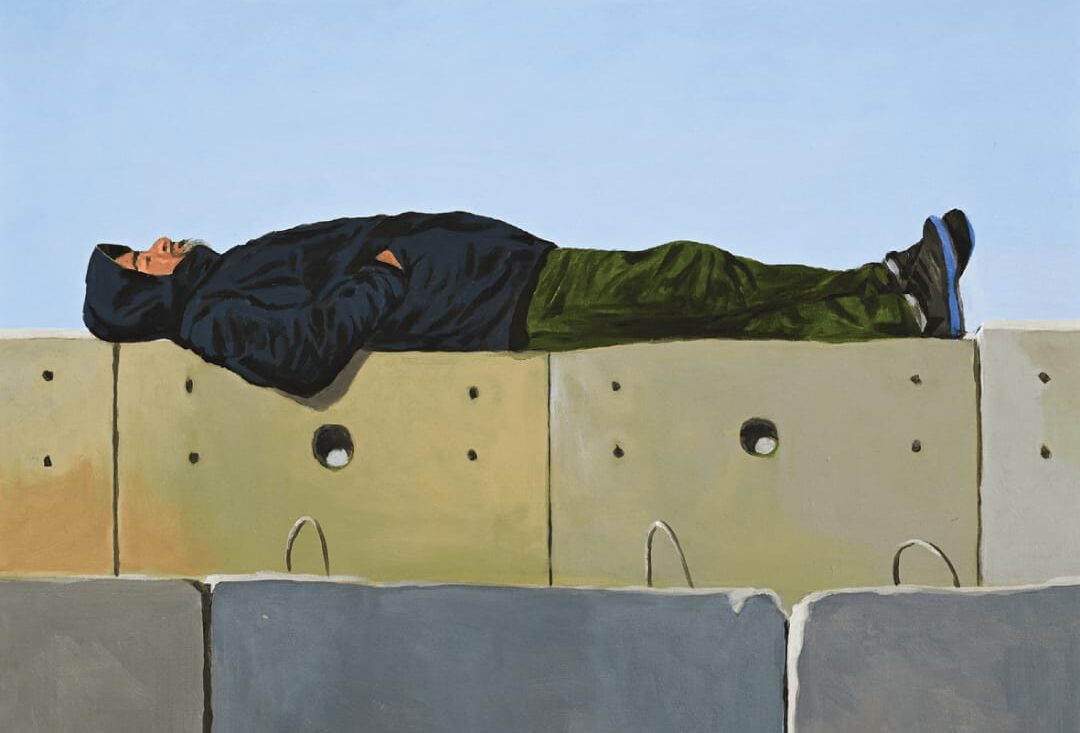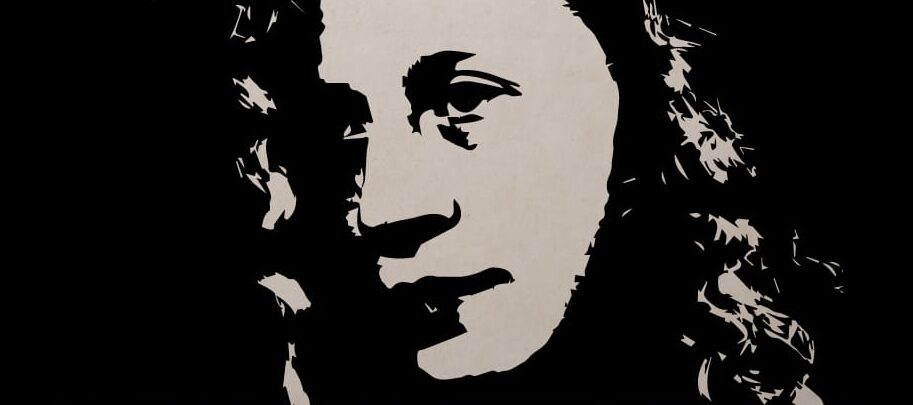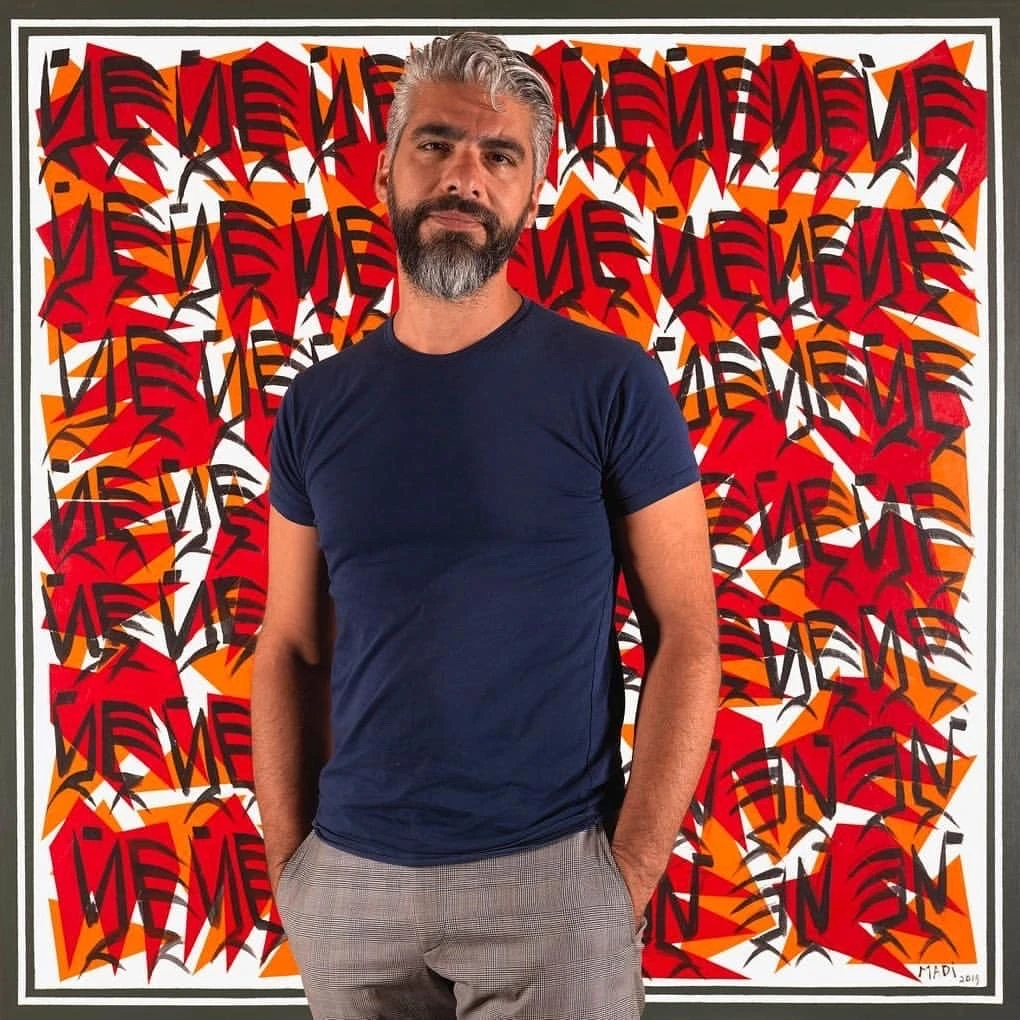Artists come in various forms, each with their unique styles, approaches, and impacts on the artistic world. Two contrasting types of artists are prolific artists and repetitive artists. While both contribute significantly to the art world, they do so in distinct ways that warrant exploration and comparison.
Prolific artists are characterized by their immense output and constant creation of new works. They often explore a wide range of themes, techniques, and mediums, showcasing versatility and adaptability in their artistic endeavors. These artists thrive on experimentation, pushing boundaries, and challenging themselves to evolve creatively. Prolific artists tend to have diverse portfolios that reflect their dynamic exploration of ideas and artistic expression.
One prime example of a prolific artist is Pablo Picasso. Throughout his career, Picasso produced an astonishing number of artworks across various styles, including Cubism, Surrealism, and Classicism. His ability to reinvent himself and consistently create groundbreaking pieces cemented his legacy as one of the most influential artists of the 20th century. Picasso’s prolific nature allowed him to leave a lasting impact on multiple art movements and inspire generations of artists to embrace innovation and creativity.
On the other hand, repetitive artists are known for their focus on a specific style, subject matter, or technique, often revisiting familiar themes or motifs in their works. These artists find comfort and inspiration in repetition, using it as a tool for deep exploration and refinement of their artistic vision. While their output may not be as vast as that of prolific artists, repetitive artists delve deeply into their chosen aesthetic, delving into nuances and subtleties that may be overlooked in broader explorations.
An exemplar of a repetitive artist is Claude Monet. Monet is renowned for his series of paintings that capture the same subject under different lighting conditions or at various times of the day. His Water Lilies series, Haystacks series, and Rouen Cathedral series demonstrate his dedication to exploring the interplay of light, color, and atmosphere through repetitive yet nuanced iterations. Monet’s commitment to revisiting familiar motifs allowed him to masterfully depict the ephemeral qualities of nature and light, creating timeless and evocative artworks.
When comparing prolific and repetitive artists, several key differences emerge. Prolific artists thrive on diversity, constantly pushing boundaries and exploring new horizons, while repetitive artists delve deeply into specific themes or techniques, seeking mastery and refinement through repetition. Prolific artists often leave a broader impact due to their versatility and range, whereas repetitive artists create depth and complexity within their chosen focus areas.
Both types of artists contribute significantly to the art world, offering unique perspectives and enriching the artistic landscape. Prolific artists inspire innovation and experimentation, while repetitive artists showcase the power of dedication, discipline, and deep exploration. Ultimately, the diversity of artistic approaches ensures a rich tapestry of creativity that continues to captivate and inspire audiences worldwide.







